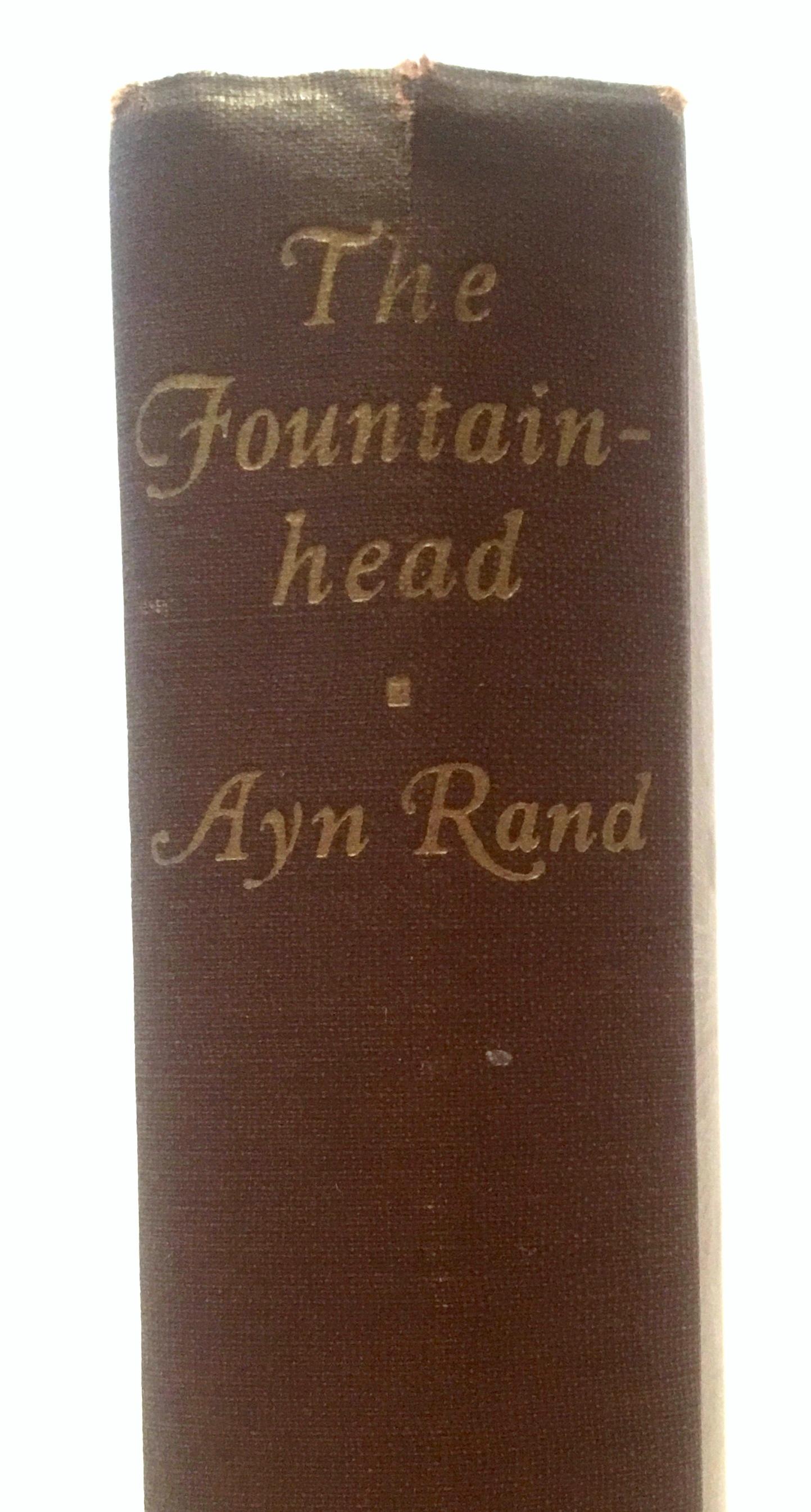


Each section delves deeper into the character's backgrounds and what makes them tick-character development is one of the novel's greatest strengths.

It's divided into four sections, each named after one of the main characters: Peter Keating, Dominique Francon, Ellsworth Toohey, Gail Wynand, and Howard Roark. The book revolves around whether Roark can succeed in innovating and creating buildings or if society and its groupthink will take him down.įirst, we'll start with the novel's merits. For instance, if a journalist says that modern architecture is a disgrace and only the classical style is beautiful, then people will only buy classical houses. The novel is full of characters who don't know what they want and don't think for themselves (so-called "second-handers") but absorb the opinions of the media. Roark's quest to create buildings is constantly thwarted by society, which is portrayed as unthinking, destructive, and out of control. He embodies man at his highest capabilities and is one of the few characters in the novel that thinks and acts for himself. He does outstanding work (and knows it) and his unassailable purpose in life is to create the best buildings possible. But each had known a moment when, in lonely, naked honesty, he had felt the need of an answer.The Fountainhead is a novel published in 1943 by Ayn Rand about a talented and hardworking architect, Howard Roark, who has strong convictions and an unwavering sense of self. They had not tried to find the answer and they had gone on living as if no answer were necessary. And each remembered other moments, on a sleepless night, on an afternoon of steady rain, in a church, in an empty street at sunset, when each had wondered why there was so much suffering and ugliness in the world. But each of them had known some unforgotten moment-a morning when nothing had happened, a piece of music heard suddenly and never heard in the same way again, a stranger’s face seen in a bus-a moment when each had known a different sense of living. They would return to unwanted jobs, unloved families, unchosen friends, to drawing rooms, evening clothes, cocktail glasses and movies, to unadmitted pain, murdered hope, desire left unreached, left hanging silently over a path on which no step was taken, to days of effort not to think, not to say, to forget and give in and give up. The people had come to witness a sensational case, to see celebrities, to get material for conversation, to be seen, to kill time.


 0 kommentar(er)
0 kommentar(er)
